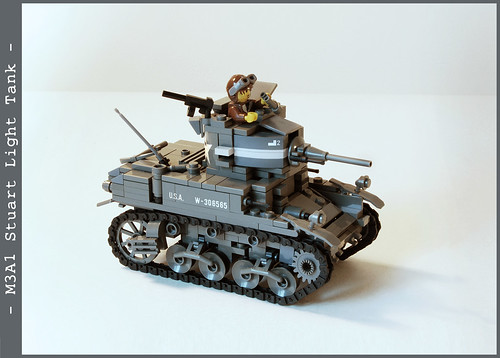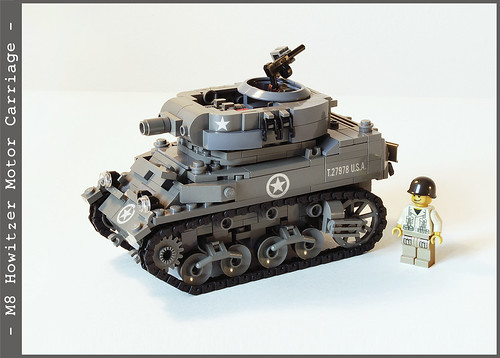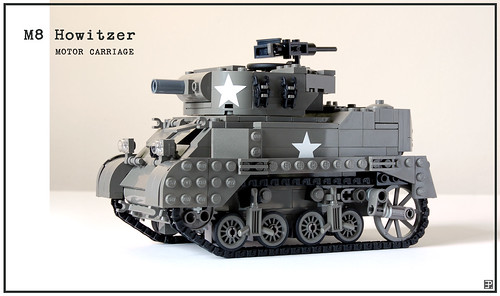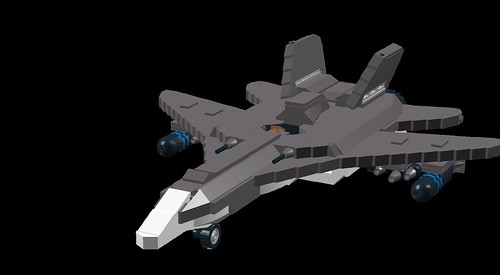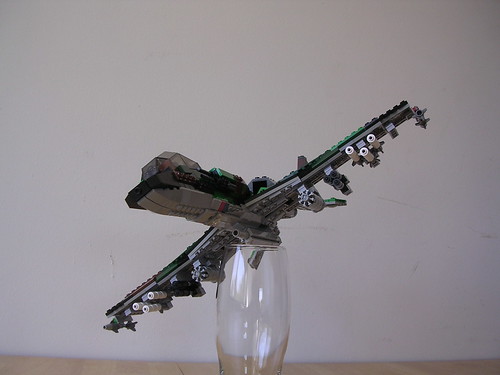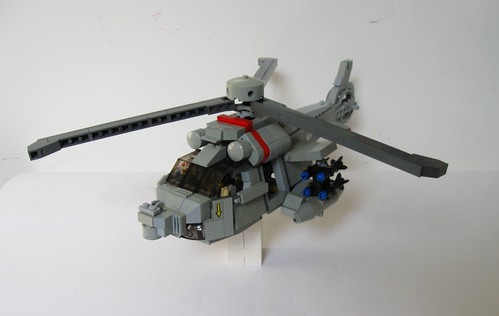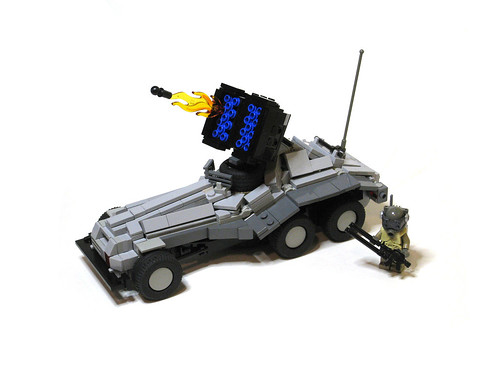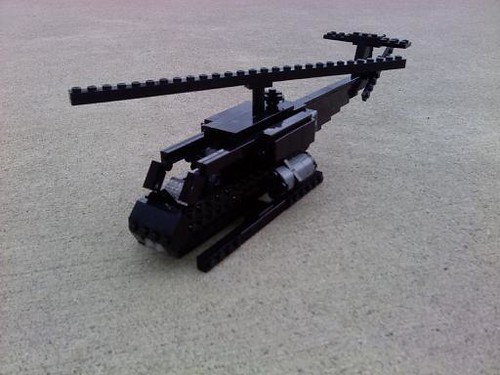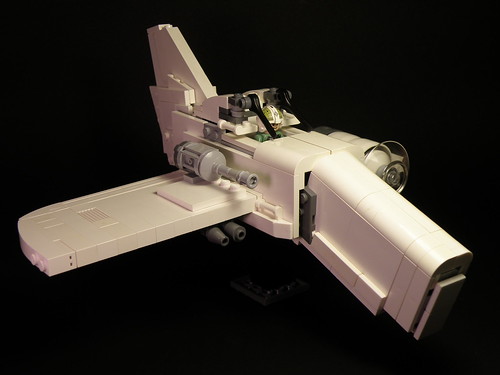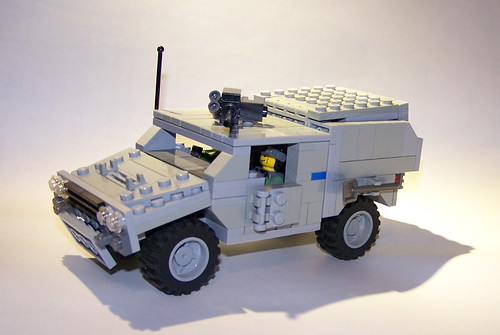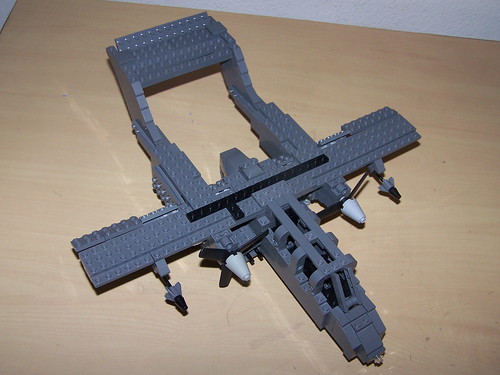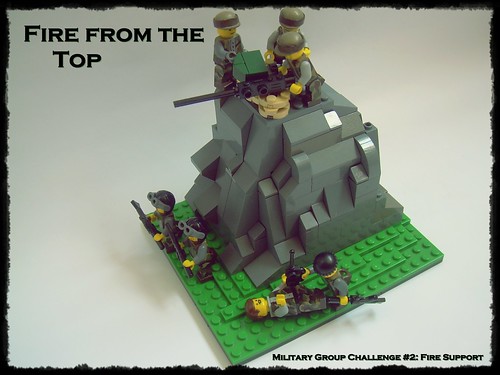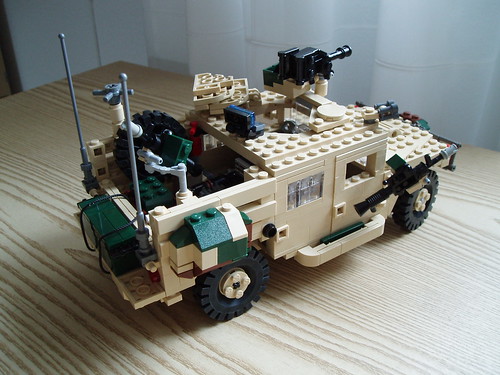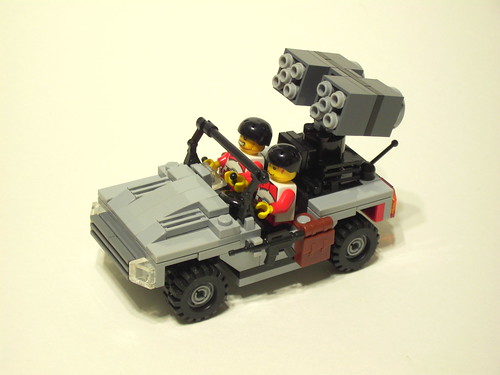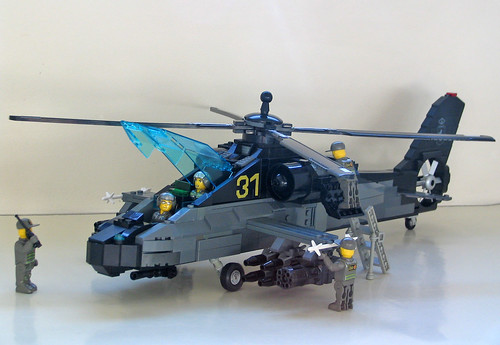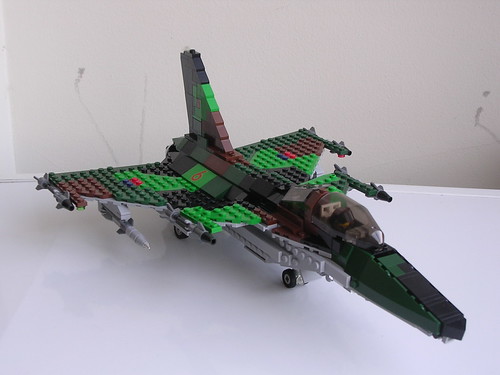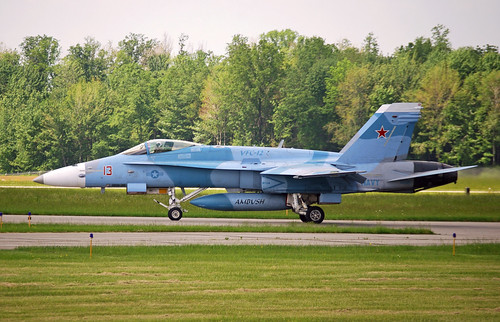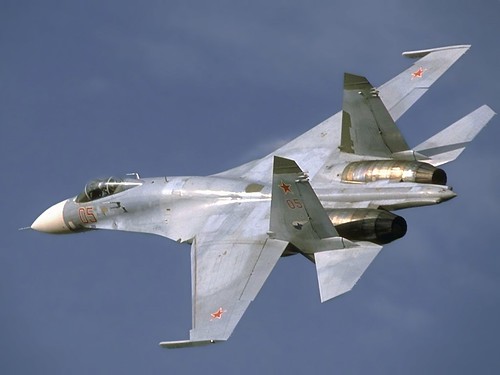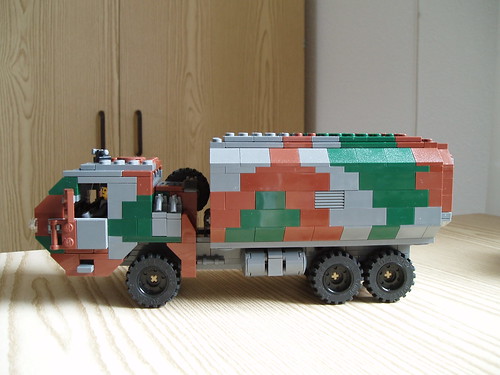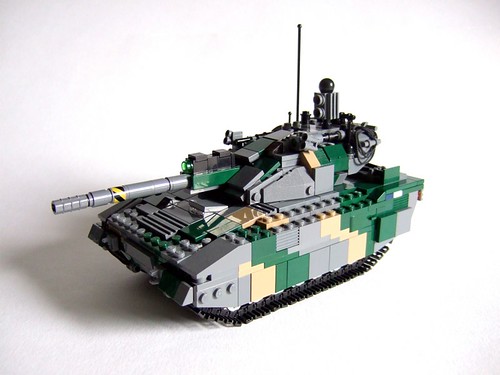Obviously it is no coincidence that quite a few of these models have been featured on this blog before. It probably also is no coincidence that many of them came out of this year's flickr Lego military group build competition because it brought out the best in many builders. Apparently there's nothing like the prospect of a prize and beating somebody else to get people to put a little extra effort into their models. I'm already looking forward to 2010's contest.
There's no beating about the bush, in my opinion the most impressive military model that I've seen this year was my friend Ed Diment's Vulcan bomber, the subject of the very first post on this blog was Ed Diment's Vulcan bomber.
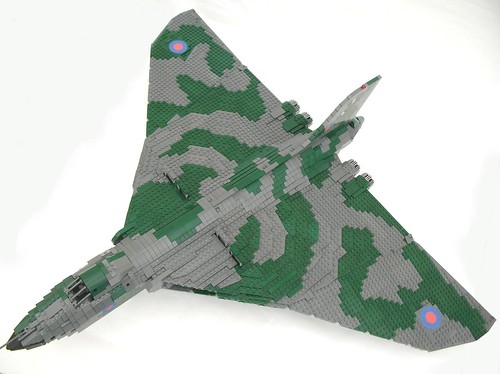
Ed built it in record time for an exhibit celebrating 100 years of British flight at the Manchester museum of science and technology (MOSI). It has functionality, great camouflage, is very detailed and huge. Size does matter.
I myself have not built as many military models this year as in the last two, but I do have a personal favourite and was well pleased and even pleasantly surprised with how it turned out: my Sea Harrier FRS.1. It was also built for the exhibit at MOSI.

I already mentioned the military build contest. One of the most hotly contested categories was WW-2 aircraft. I was well chuffed that my own B-26 Marauder finished 1st, because both the numbers two and three were impressive and I'll post pictures of them both. The 2nd place was for the B-25H Mitchell built by Dan Siskind, the creative brain behind Brickmania.

The third place was for Ed Diment's Spitfire. I suspect the only thing that kept him from getting the first place was the slightly misplaced cockpit canopy

According to the judges' comments it was a very close race between the numbers 1,2 and 3.
Mainman produced a wonderful model of the Boeing E-3 Sentry AWACs for the microscale category of the contest and ended up winning it. The shape is amazingly accurate for such a small model and I felt it was great to see a model of a somewhat unusual aircraft.

Another winner, this time in the modern armour category, was Daniel Zayac's excellent Merkava MBT. It's only slightly larger than minifig scale, but has an amazing amount of detail and really captures the Merkava's utilitarian look.
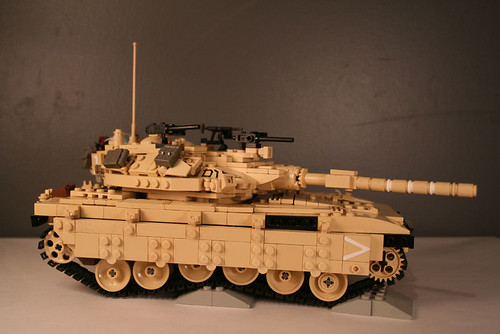
Talking about impressive tanks, when I saw the next model on The Brothers Brick, my jaw dropped. It's a model of a WW-2 Tiger tank built by mad_a0, a builder who I hadn't heard from before or since. Man, where are you? I want more of this.
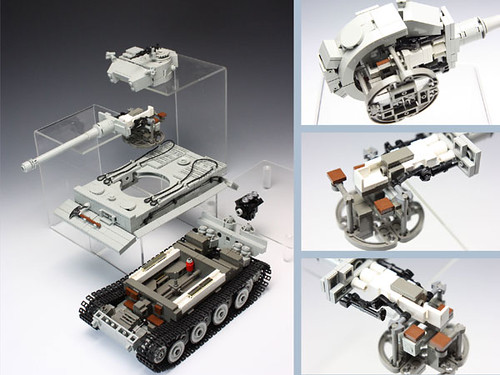
Magnus Lauglo is probably mostly known for his armour, although he has been building jets and helicopters and a few years ago was big in the Lego castle scene. He has built a lot of nice models in the last year, but one that stood out to me was his Sealion Assault Hovercraft, mainly because it's such an unusual vehicle that nonetheless looks convincing and because of the excellent camouflage.
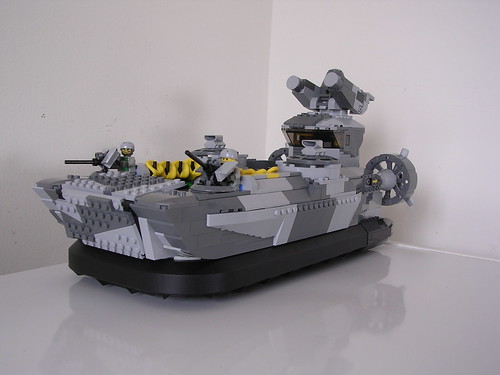
Another very prolific builder is Aleksander Stein. I had a hard time picking one of his models, but I chose his EH-191 Whirlwind. It too has great camouflage and I love the way he has shaped the sides of the fuselage. If I ever build an NH-90, I know whose helicopter I'll be looking at.
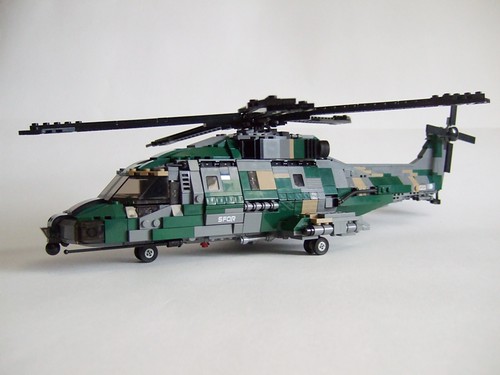
I've blogged the next helicopter before, but like it so much that I don't mind posting a second picture of Steven Marshall's Ka-50 'Black Shark".

Last but not least I want to mention a builder who appeared on flickr only about a year ago Babalas Shipyards. He does exactly the sort of things I like and keeps getting better with every new model he builds. One of his latest models really hit the spot because I've developed an interest in WW-2 US Navy carrier-based aircraft. he built a wonderful little model of an SBD Dauntless

This list is op course completely subjective and I am sure that I've overlooked some excellent and worthy models while compiling this list. I'm also heavily biased towards models of real military equipment as opposed to things people make up (although a few did make it onto my list), so don't feel left out if your own best model didn't make it.
I look forward to seeing what new military models the next year will bring. I've already started planning for a few myself.
All the best for 2010.
Ralph


